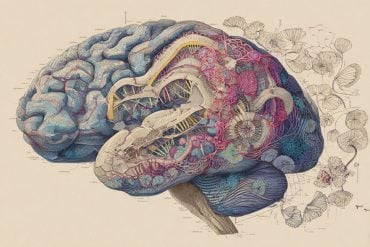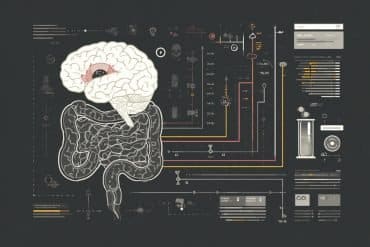Study provies important physical evidence that sleep helps consolidate and strengthen new memories.
In study published today in Science, researchers at NYU Langone Medical Center show for the first time that sleep after learning encourages the growth of dendritic spines, the tiny protrusions from brain cells that connect to other brain cells and facilitate the passage of information across synapses, the junctions at which brain cells meet. Moreover, the activity of brain cells during deep sleep, or slow-wave sleep, after learning is critical for such growth.
The findings, in mice, provide important physical evidence in support of the hypothesis that sleep helps consolidate and strengthen new memories, and show for the first time how learning and sleep cause physical changes in the motor cortex, a brain region responsible for voluntary movements.
“We’ve known for a long time that sleep plays an important role in learning and memory. If you don’t sleep well you won’t learn well,” says senior investigator Wen-Biao Gan, PhD, professor of neuroscience and physiology and a member of the Skirball Institute of Biomolecular Medicine at NYU Langone Medical Center. “But what’s the underlying physical mechanism responsible for this phenomenon? Here we’ve shown how sleep helps neurons form very specific connections on dendritic branches that may facilitate long-term memory. We also show how different types of learning form synapses on different branches of the same neurons, suggesting that learning causes very specific structural changes in the brain.”

On the cellular level, sleep is anything but restful: Brain cells that spark as we digest new information during waking hours replay during deep sleep, also known as slow-wave sleep, when brain waves slow down and rapid-eye movement, as well as dreaming, stops. Scientists have long believed that this nocturnal replay helps us form and recall new memories, yet the structural changes underpinning this process have remained poorly understood.
To shed light on this process, Dr. Gan and colleagues employed mice genetically engineered to express a fluorescent protein in neurons. Using a special laser-scanning microscope that illuminates the glowing fluorescent proteins in the motor cortex, the scientists were then able to track and image the growth of dendritic spines along individual branches of dendrites before and after mice learned to balance on a spin rod. Over time mice learned how to balance on the rod as it gradually spun faster. “It’s like learning to ride a bike,” says Dr. Gan. “Once you learn it, you never forget.”
After documenting that mice, in fact, sprout new spines along dendritic branches, within six hours after training on the spinning rod, the researchers set out to understand how sleep would impact this physical growth. They trained two sets of mice: one trained on the spinning rod for an hour and then slept for 7 hours; the second trained for the same period of time on the rod but stayed awake for 7 hours. The scientists found that the sleep-deprived mice experienced significantly less dendritic spine growth than the well-rested mice. Furthermore, they found that the type of task learned determined which dendritic branches spines would grow.
Running forward on the spinning rod, for instance, produced spine growth on different dendritic branches than running backward on the rod, suggesting that learning specific tasks causes specific structural changes in the brain.
“Now we know that when we learn something new, a neuron will grow new connections on a specific branch,” says Dr. Gan. “Imagine a tree that grows leaves (spines) on one branch but not another branch. When we learn something new, it’s like we’re sprouting leaves on a specific branch.”
Finally, the scientists showed that brain cells in the motor cortex that activate when mice learn a task reactivate during slow-wave deep sleep. Disrupting this process, they found, prevents dendritic spine growth. Their findings offer an important insight into the functional role of neuronal replay—the process by which the sleeping brain rehearses tasks learned during the day—observed in the motor cortex.
“Our data suggest that neuronal reactivation during sleep is quite important for growing specific connections within the motor cortex,” Dr. Gan adds.
Dr. Gan’s collaborators include researchers Guang Yang, Cora Sau Wan Lai, Joseph Cichon, Lei Ma and Wei Li, all of NYU Langone Medical Center. The first author of this study, Dr. Guang Yang, is also a faculty member in the Department of Anesthesiology. Funding for this work was provided by the National Institutes of Health and the Whitehall Foundation.
Contact: Jim Mandler – NYU Langone Medical Center
Source: NYU Langone Medical Center press release
Image Source: The image is credited to Psy3330 W10 and is licensed Creative Commons Attribution-ShareAlike 3.0
Original Research: Abstract for “Sleep promotes branch-specific formation of dendritic spines after learning” by Guang Yang, Cora Sau Wan Lai, Joseph Cichon, Lei Ma, Wei Li, and Wen-Biao Gan in Science. Published online June 5 2014 doi:10.1126/science.1249098







